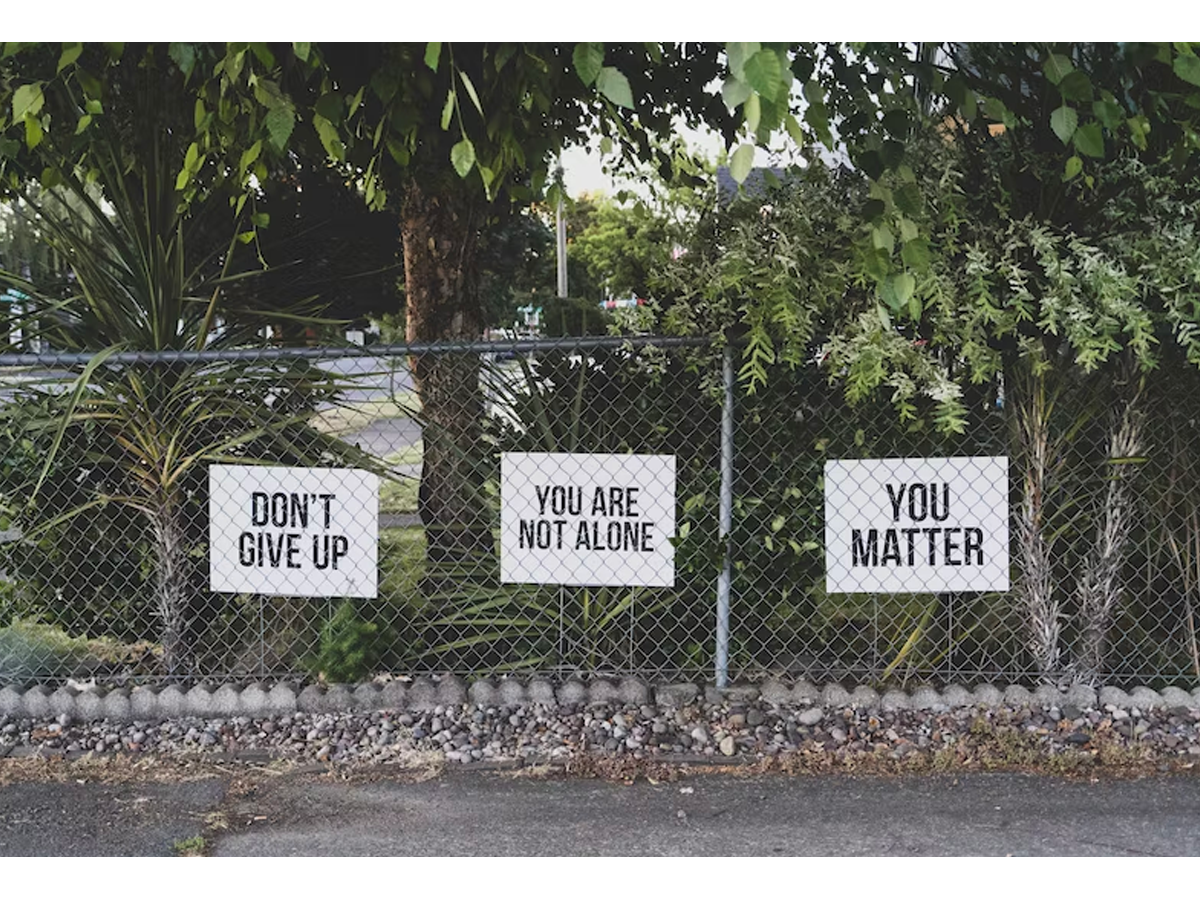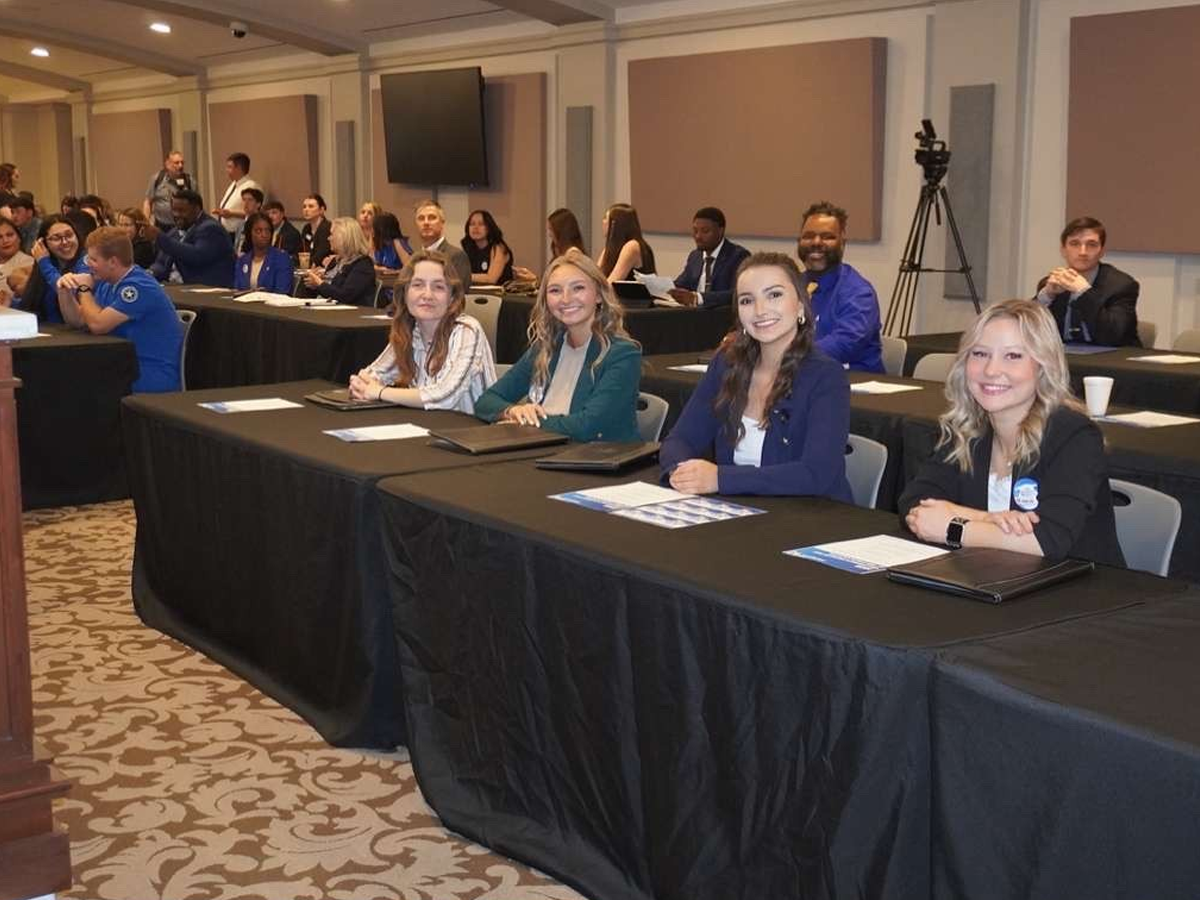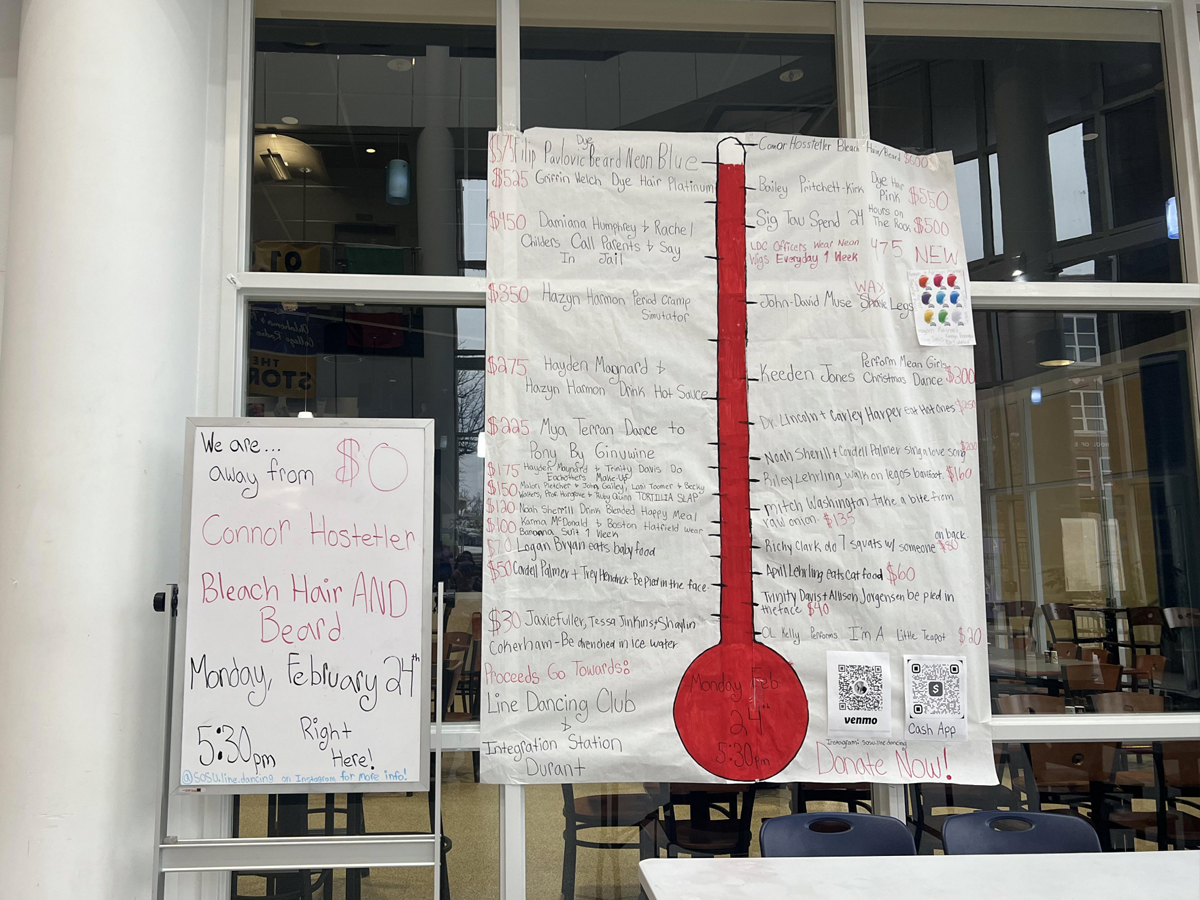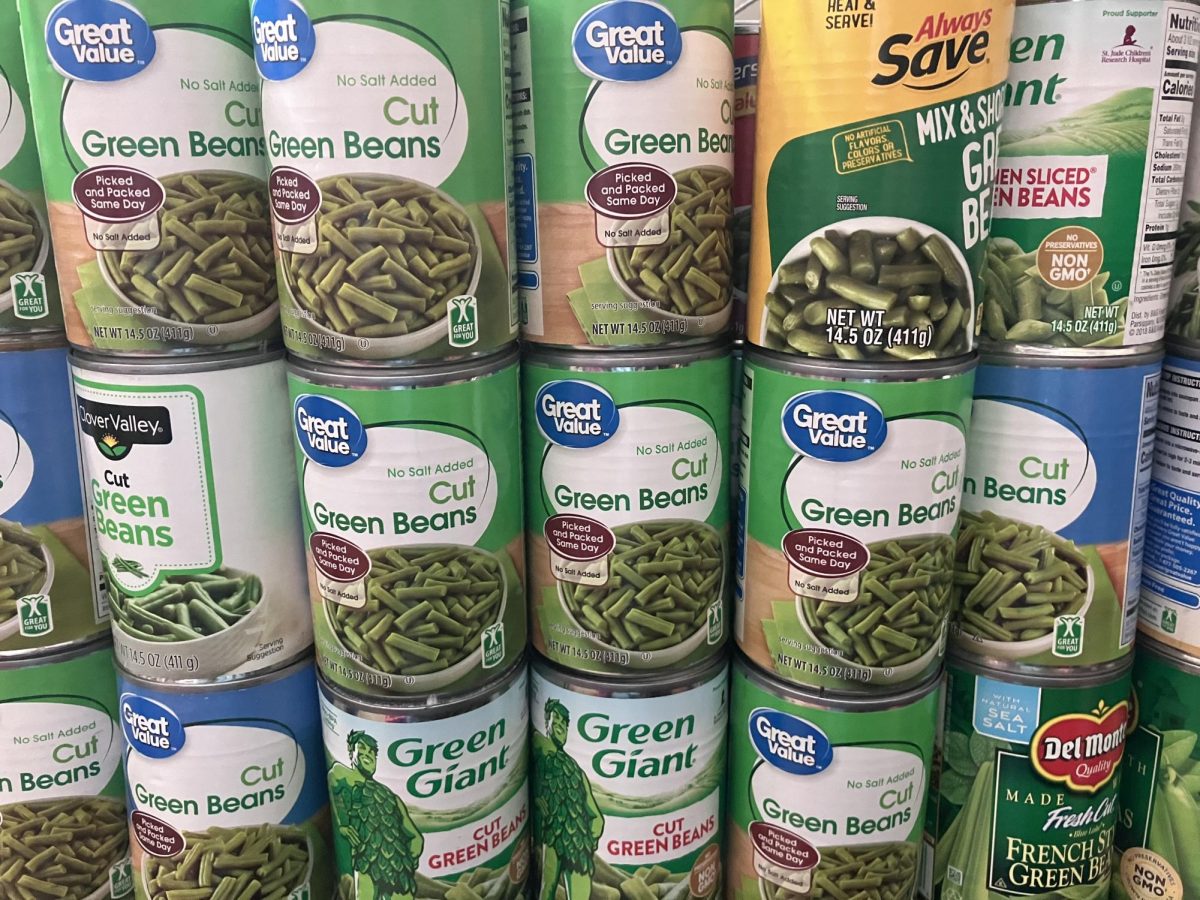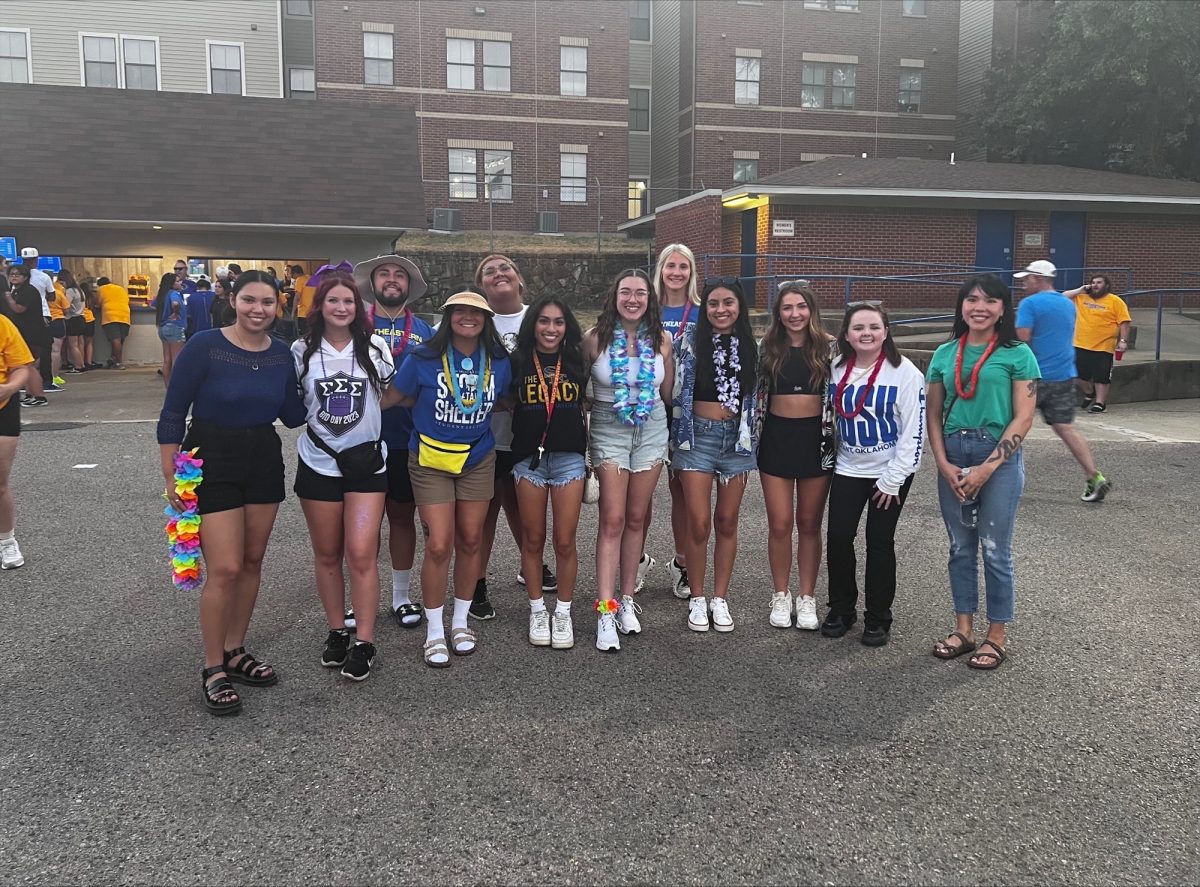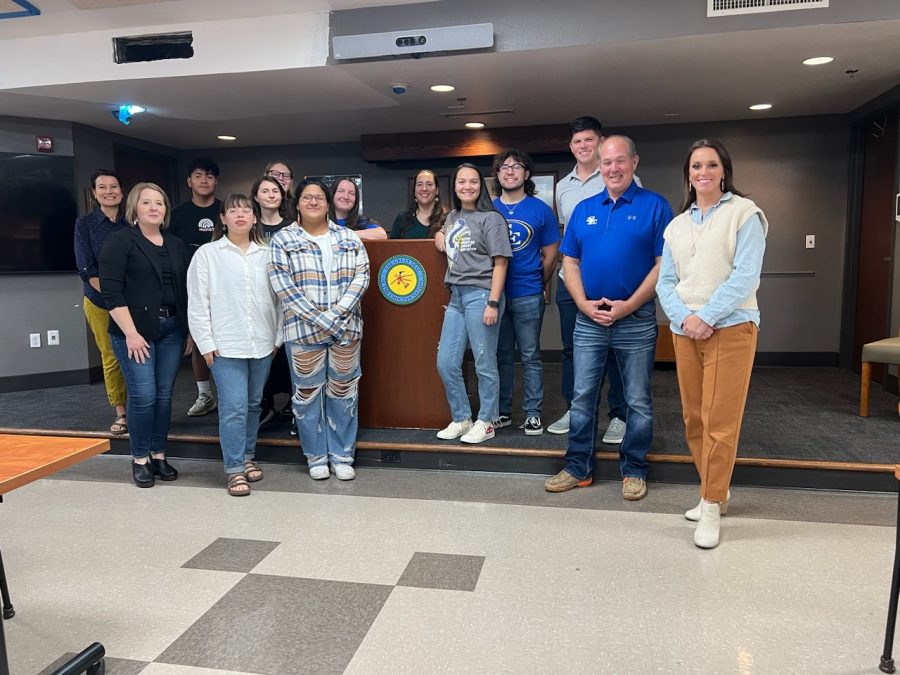Whether it be with family, a friend, or a partner, the relationships we forge in our lives can have everlasting effects on us and help shape how we act, how we think, and who we become. The relationships we all have with those we care about hold such a deep importance in our minds, bodies, and souls to the point where we wouldn’t want anything coming in-between them. However, in a cruel twist of fate, certain factors that could be completely avoided arise and, suddenly, we find that the one thing in-between us and those we care about is ourselves. These factors come in many forms, but one of the most common factors in the downfall of relationships is the use of stimulants and opioids.
Over the past few months, I have had the pleasure of working with the SE Student Wellness Center under the Higher Education Prevention Services (HEPS) SOS grant in a position that has opened my eyes to how devastating addiction use can be, especially with stimulants and opioids. As a senior here at Southeastern, I have really only ever been focused on completing school work while making new friends and memories along the way. However, I have never stopped and thought about the dangers that can come into our lives at any moment while on campus.
College students are no doubt excited to start their brand new journeys while forging new relationships and getting one step closer to becoming what they want to be. Still, in this excitement, certain roadblocks can make themselves known; certain roadblocks like alcohol and, for the purposes of this editorial, stimulants and opioids.
While some may say the use of stimulants and opioids is harmless and could even be of use to college students, the fact of the matter is they can cause irreparable damage if they are used without a prescription. Stimulants and opioids are no real secret to college students as one in every five college students reported knowing someone who is addicted to opioids and stimulants (Swayne, 2018). These connections that are established can then make their way into a student’s college life as they could succumb to pressure from an opioid epidemic; an epidemic that continues to see rising numbers with each passing year (Tench, 2019).
This sudden surge of stimulant and opioid use has caused many college students to have unhealthy and dangerous reactions including poor nutrition, low educational achievement, and domestic abuse. When students are experiencing reactions such as these, it is critical that they turn to those they have created relationships with. But what happens when the same stimulants and opioids that have been used cause tragic tensions to occur within that ever-important relationship?
The most common and damaging occurrence in relationships that have opioid use is that of deception (BAART Programs, 2020). Because people that are addicted to opioids often need secrecy to use them, they tend to lie to their family, friends, or partners. This creates a sense of mistrust amongst the relationship which can lead it to an insurmountable downfall. Beyond that, stimulant and opioid use in a relationship can cause violence and abuse, as the constant use can cause aggressive and often uncontrollable behavior to emerge. Unfortunately, that’s not all as this dangerous use can also lead to enabling, and codependency which are all but fatal to relationships, especially those amongst college students (BAART Programs, 2020).
Learning about the dangers of stimulant and opioid use, as well as avoiding them, is vital to college students. The relationships that we build can be challenging, yet rewarding to build, but they’re easy to break if certain factors arise; factors such as stimulant and opioid use. There are so many valuable resources, both on campus and abroad, that can help with these factors. I encourage everyone to use these resources if necessary, not just for our relationships, but for ourselves as well.

